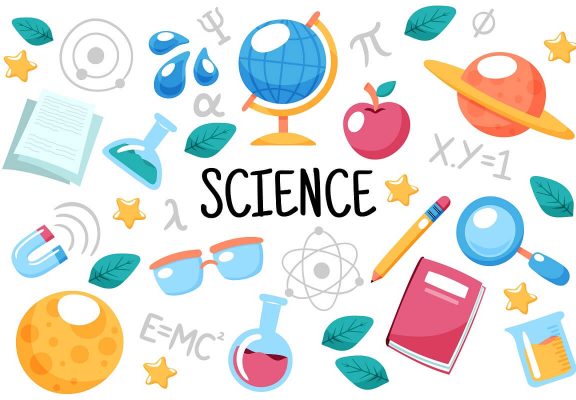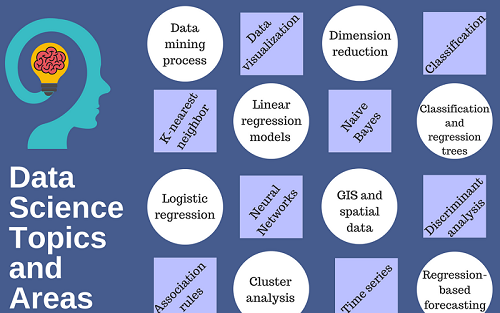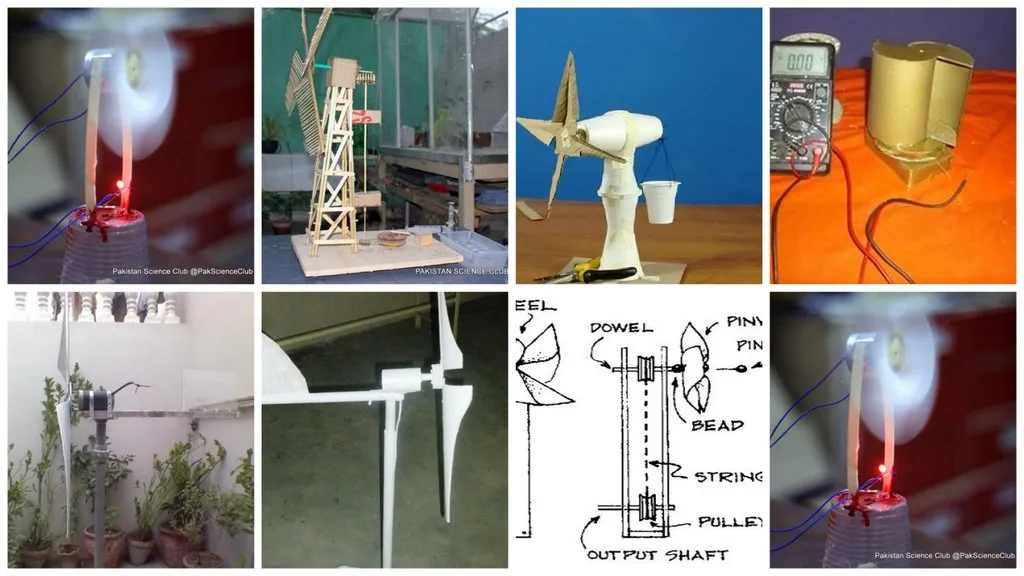See how science is developing solutions to reduce global pollution and protect ecosystems. Pollution is a burgeoning problem, perhaps the most formidable environmental problem the world faces today. It pollutes the atmosphere we inhale, the water we consume, and the soil we step on. And this does not come without severe health and environmental impacts. Thankfully, science provides global pollution control solutions by helping rekindle the brightness of the world from the cheap pollutants, comprehending the pollutants better, and developing effective policies that will help in the conservation of pollution. In this article, we will consider the role of science in solving pollution problems using technology, knowledge and policy.
Say No to Pollution: Define Pollution
So, if science is employed to take the ‘Pollution,’ let us take a step backward and outline what pollution is and what it encompasses. Pollution is the introduction of harmful materials into the environment which results in the deterioration of living organisms, ecosystems, and the climate. Some of the general pollution types include:
Air Pollution: Emission of pollutants like PM, NOx, Sox, VOC’s causes the air to become smoggy, acid rains occur, and there are respiratory diseases among the people.
Water Pollution: Water bodies may become polluted with industrial effluents, chemical residues, pathogens and so on and eventually the bodies of water become toxic for both plants and animals as well as the organisms that consume this water.
Soil Pollution: This is degradation of the soil by the addition of problematic waste substances that may damage the soil, kill vegetation and pollute the food chain with non- digestible substances.
Light and Noise Pollution: The combination of these two sources of pollution is best understood when jingled, as the light cut by artificial light pollution makes it impossible.
How Science is Addressing Air Pollution
Particulate matter, an ambient air pollutant, is a problem in many cities and areas practicing industrialization. Science has over the years come up with many new techniques to help with the assessment as well as abatement of air pollution:
1. Air Quality Monitoring Systems: State-of-the-art systems for monitoring air quality are created now on the basis of the use of various sensors and satellite images which show the level of pollutant concentrations within atmospheres. This system provides information for several pollutants within the air and facilitates the process of pollution control by the governments and organizations through the assessment of pollution trends.
| Pollutant | Source | Health Effects |
|---|---|---|
| Particulate Matter (PM2.5) | Vehicle emissions, industrial processes | Respiratory and cardiovascular issues |
| Nitrogen Dioxide (NO2) | Combustion engines, power plants | Aggravates asthma, reduces lung function |
| Sulfur Dioxide (SO2) | Coal burning, industrial processes | Respiratory problems, acid rain |
| Volatile Organic Compounds (VOCs) | Solvents, gasoline | Contributes to smog, health issues |
Developed thinking for pollution based on approach Island – advance treatment technologies of separate effluents caused by marine activity.
1 Renewable energy sources are crucial and practically cleaner than fossil fuels and switch to breathable energy.
2 Therefore the predominant is one of common people health concerns-the water Pollution How Science is tackling.
Human activities have contributed to climate change, brought about increased levels of water pollution and a threat to aquatic habitats.
Such treatment increases the drinking water quality by slashing concentrations or even removing contaminants.
Ultraviolet Water Disinfection: It employs UV rays to destroy the microbial and bacterial organisms that are present in water.
| Pollutant | Treatment Method | Description |
|---|---|---|
| Heavy Metals | Reverse Osmosis, Activated Carbon | Removes metals like lead and mercury |
| Pathogens | UV Disinfection | Kills bacteria and viruses |
| Organic Chemicals | Activated Carbon | Adsorbs organic contaminants |
2. Pollution Prevention and Source Control: Source control is one concept in controlling water quality that is very critical. Science helps locate and devise means of controlling pollution, for example:
Agricultural Runoff: Undertaking the best practice in agriculture in order to limit the application of fertilizers and pesticides, which may end up in water bodies.
Industrial Waste Management: Modifying waste disposal methods as well as persuading industries to use less polluting technologies
3.A Study of Environmental Monitoring Data: Scientific studies have given clarity of the quality of water and pollution based on various sources. Environmental monitoring systems incorporate meritorious sensors as well as satellite pictures to monitor the water bodies.
What is Science doing to Soil Pollution
People have realized that pollution of soil is not a temporary issue. New techniques are being researched by specialists to rehabilitate polluted soils and avoid their future pollution:
1. 605vrmmediation
605vrmmediation is defined as employing microorganisms which will degrade or eliminate an undesirable foreign agent in the soil. This can be an effective solution for oil spill clean-ups, heavy metal pollution as well as other pollutants8.
2. Phytoremediation
Phytoremediation is the use of plants for the level of concentration of range of toxicants in soil and/or for deactivating such toxicants. Some plants can extract toxins from soil using their roots to help restore its quality.
3. Soil Washing
Soil washing is a process in which the soiled soil is cleaned with water and any chemical solutions in order to get rid of the pollutants. This method is useful for the detoxification of soils that have been polluted with heavy metals and organic materials.
| Technique | Description | Suitable For |
|---|---|---|
| Bioremediation | Uses microorganisms to degrade pollutants | Oil spills, organic contaminants |
| Phytoremediation | Uses plants to absorb or stabilize pollutants | Heavy metals, organic contaminants |
| Soil Washing | Uses water and chemicals to remove contaminants | Heavy metals, organic pollutants |
FAQs
1. Which action can be qualified as an open science and its application in pollution research?
Open science is the practice of making all elements of the research process and the received results publicly available to encourage openness and inclusion. In pollution research, open science enables opportunities to share information and outcomes as part of problem-solving resulting in effective pollution solutions.
2. In what way be considered an individual action aimed at reducing the pollution?
There are many ways individuals can help in solving this problem by performing pollution prevention activities such as using less energy, taking public transportation, recycling, as well as supporting initiatives and regulations that are meant to reduce pollution.
3. Name some of the recent changes in the pollution control measures.
Recent changes involve more efficient and advanced catalytic converters, better membrane-based filtration systems particularly reverse osmosis, and novel soil bioremediation approaches.
4. How does pollution affect health of human beings?
The effects range from respiratory problems, heart diseases, all forms of cancer and many others. For instance, air pollutions have effects such as causing asthma and decreasing the functioning of lungs whereas water pollution can cause diseases such as gastroenteritis among others.
5. What are the responsibilities of governments in reducing pollution?
It is the governments that come in handy by formulating rules and policies to curb pollution, channeling funds into that technology and controlling pollution. They also try to educate the public as well as advocate for activities that can help minimize pollution.
Conclusion
Science leads action for universal pollution control and the results indicate new aspects of environmental problems. There are more productive methods of purifying air and water, as well as remediating polluted soil, that rely on science. If more funds are directed to basic research as well as networking, there will be quite a size reduction in pollution, translating to better environments in the world to come.




